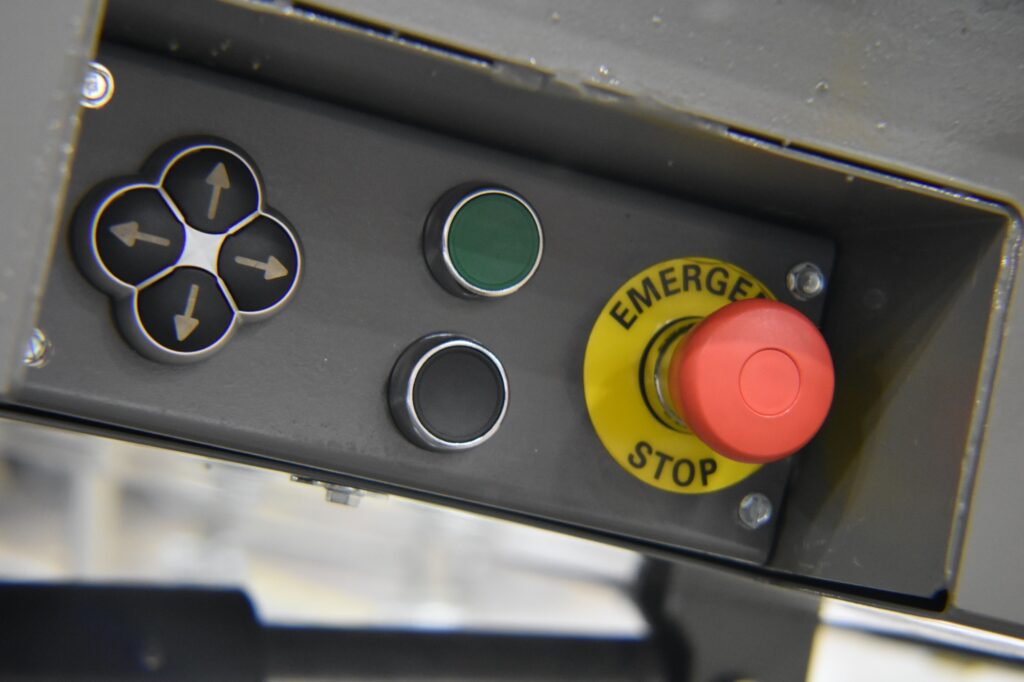The Duravant family of operating companies serve the food processing, packaging and material handling segments.
The Critical Role of Ergonomics in Loading and Unloading Conveyor Design
03/09/2024
In the world of material handling, the efficiency of loading and unloading operations is crucial for maintaining smooth workflows and minimizing downtime. While the technical aspects of conveyor systems are often highlighted, one key factor that can’t be overlooked is ergonomics. Designing conveyors with ergonomics in mind is not just about comfort; it's essential for boosting productivity, enhancing safety, and ensuring long-term operational success.
Why Ergonomics Matter
Ergonomics, or human factors engineering, focuses on designing systems that fit the users' needs and capabilities. In the context of loading and unloading conveyors, this means creating equipment that minimizes physical strain and maximizes ease of use. Here’s why this focus is so important:
1. Enhanced Safety: Ergonomic design reduces the risk of injuries related to manual handling, such as back strains, repetitive stress injuries, and musculoskeletal disorders. Features like adjustable heights, easy-to-reach controls, and smooth operation help prevent accidents and create a safer work environment.
2. Increased Productivity: When operators can work comfortably and efficiently, they are more productive. Ergonomically designed conveyors allow for quicker and easier loading and unloading, which can significantly reduce cycle times and improve overall throughput.
3. Reduced Fatigue: Continuous physical strain can lead to operator fatigue, which negatively impacts performance and increases the likelihood of errors. Ergonomic conveyors are designed to minimize physical effort and discomfort, allowing workers to perform their tasks with less fatigue and greater focus.
4. Better Job Satisfaction: A comfortable and user-friendly work environment contributes to higher job satisfaction. When employees feel valued and their needs are considered, they are more likely to be engaged and motivated, which can lead to lower turnover rates and a more compatible team.

Key Ergonomic Features to Consider
1. Adjustable Heights: Conveyors with adjustable heights accommodate different users and tasks, allowing operators to work at a comfortable level and reducing the need for awkward bending or stretching.
2. User-Friendly Controls: Easy-to-access and intuitive controls minimize the effort required to operate the conveyor, making it simpler for staff to manage and troubleshoot.
3. Smooth Operation: Conveyors that operate quietly and smoothly reduce physical strain on operators and create a more pleasant work environment.
4. Safety Features: Incorporating safety guards, emergency stop buttons, and other protective measures ensures that the system operates safely and reduces the risk of accidents.
Incorporating ergonomics into the design of loading and unloading conveyors is not just a matter of comfort—it's a strategic approach to enhancing overall operational efficiency. By prioritizing ergonomic design, companies can improve safety, boost productivity, and foster a positive work environment. As the industry continues to evolve, focusing on ergonomics will remain a critical factor in developing conveyor systems that meet both operational demands and the well-being of the workforce.










